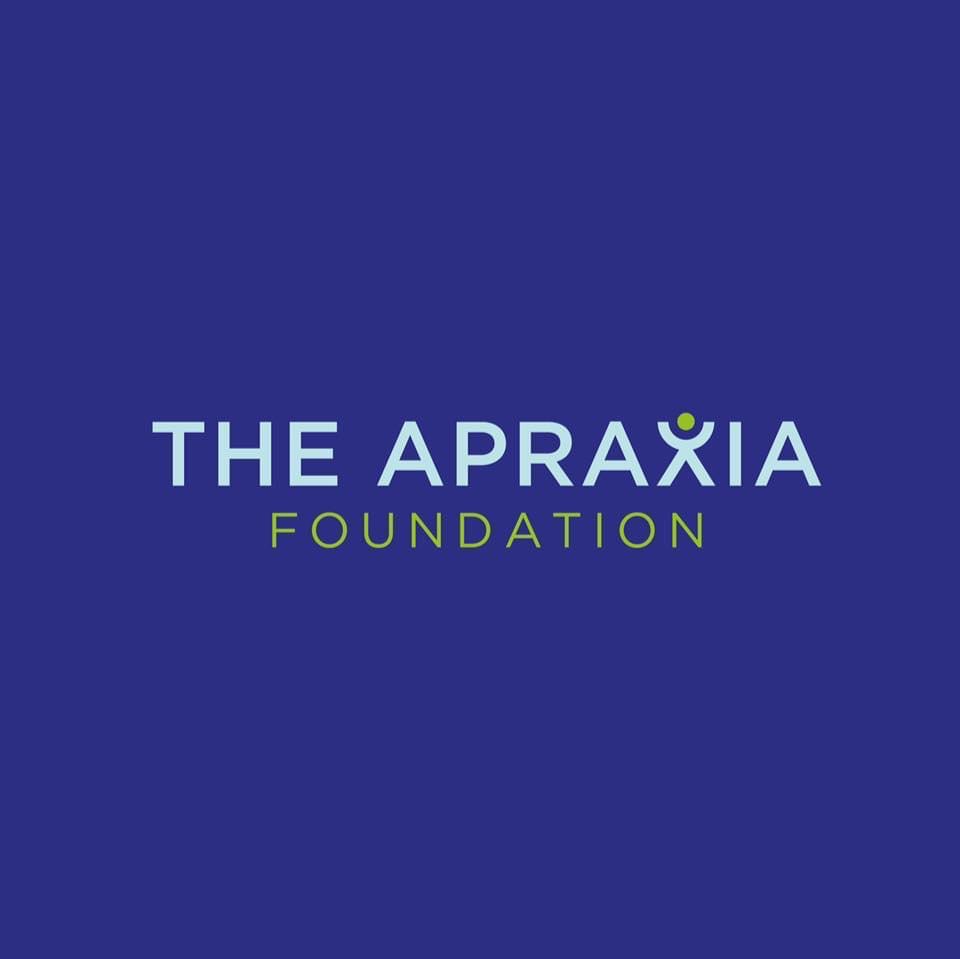Embracing Augmentative and Alternative Communication (AAC) for Kids with Childhood Apraxia of Speech
- The Apraxia Foundation
- Sep 6, 2023
- 3 min read
Communication is a fundamental human right. Yet, for children with Childhood Apraxia of
Speech (CAS), this right can be particularly challenging to achieve. Any parents on this apraxia journey know that it can be a long and tedious road. However, Augmentative and Alternative communication (AAC) can help kids with apraxia “bridge the gap” and accurately express their wonderful thoughts, while they work to achieve clear speech.
AAC refers to a range of communication methods and tools that help individuals express
themselves when traditional verbal communication is difficult or impossible. AAC can take the form of communication boards, picture exchange systems, speech-generating devices, or even apps on tablets or smartphones. For children with CAS, AAC can be a lifeline to effective communication.
One common misconception about AAC is that using it will hinder a child's development of verbal speech. However, research has consistently shown that this is not the case. In fact, AAC can complement and support the development of verbal speech for children with CAS.
As a pediatric speech-language pathologist, I have witnessed countless instances where AAC
has aided children in rehearsing the motor plans needed for speech production. Many kids use AAC devices to play a word or phrase repeatedly and then attempt to imitate it verbally. This process helps them refine their speech motor skills, ultimately leading to improved intelligibility.
However, we must also acknowledge that some people with apraxia of speech are always going to have difficulty producing clear verbal speech, and AAC may be a better system of communication indefinitely. We shouldn’t be using AAC with the hopes of our kids eventually growing out of it. We should be implementing AAC, simply because we want our kids to communicate effectively, regardless of the medium.
It is essential to acknowledge that withholding a communication system, such as AAC, from a child simply because society places more value on verbal speech is inherently ableist. Every
child deserves the opportunity to communicate their wants, needs, and ideas effectively. AAC can provide children with CAS a reliable way to express themselves, reducing frustration and enhancing their overall quality of life.
As a society, we must confront and challenge our ableist beliefs about communication. There is no one-size-fits-all approach to communication and valuing verbal speech above all else ignores the diverse needs of individuals with CAS and other communication disorders. By embracing AAC, we support children as they are and help them reach their full potential.
If you’re a parent trying to access AAC for your child, there are many avenues to explore.
1. Insurance funded devices:
In order to get a device covered by insurance, you will need to reach out to a speech-language pathologist to conduct an AAC evaluation, and guide you in the process of requesting an insurance-funded device from a funding source.
1. Self purchased:
There is also the option of purchasing a device yourself, in which case, I recommend buying an iPad (new or used) and then purchasing a communication application. My favorites are: Touch Chat w/ Wordpower, TD Snap, and Proloquo2Go. These range from $50 - $299.99, TD Snap being the most affordable of the three.
1. Nonprofit organizations:
Some nonprofit organizations, such as Lilly’s Voice ( https://www.lillysvoice.org/ ) work to
provide AAC devices to families in need of support. You can join their waitlist to potentially
receive a funded device through their organization. The Apraxia Foundation is also providing
grants for the self-funded AAC like Touch Chat at this time
1. School:
You can request an AAC evaluation through the public schools and potentially get a device
funded this way, if they determine that your child qualifies for needing the support of assistive technology. The (possible) downsides to this method: the device is property of the school and must be returned if/when child leaves that school site, and oftentimes school speech therapists will not be open to parents editing or changing the device in any way. However, this varies person to person.
Communication is a basic human right, and no child should be denied the opportunity to
express themselves effectively. For children with Childhood Apraxia of Speech, AAC can be a game-changer, providing a means to bridge the gap between their thoughts and their ability to articulate them verbally. It's time we recognize the value of AAC as a powerful tool for children with CAS, dispel the myth that it hinders oral word output, and confront ableist beliefs that may be holding our children back. Together, we can ensure that every child has the means to communicate all of their wants, needs, and ideas, in the easiest way accessible to them.
To learn more, listen to the full podcast here!





Comments